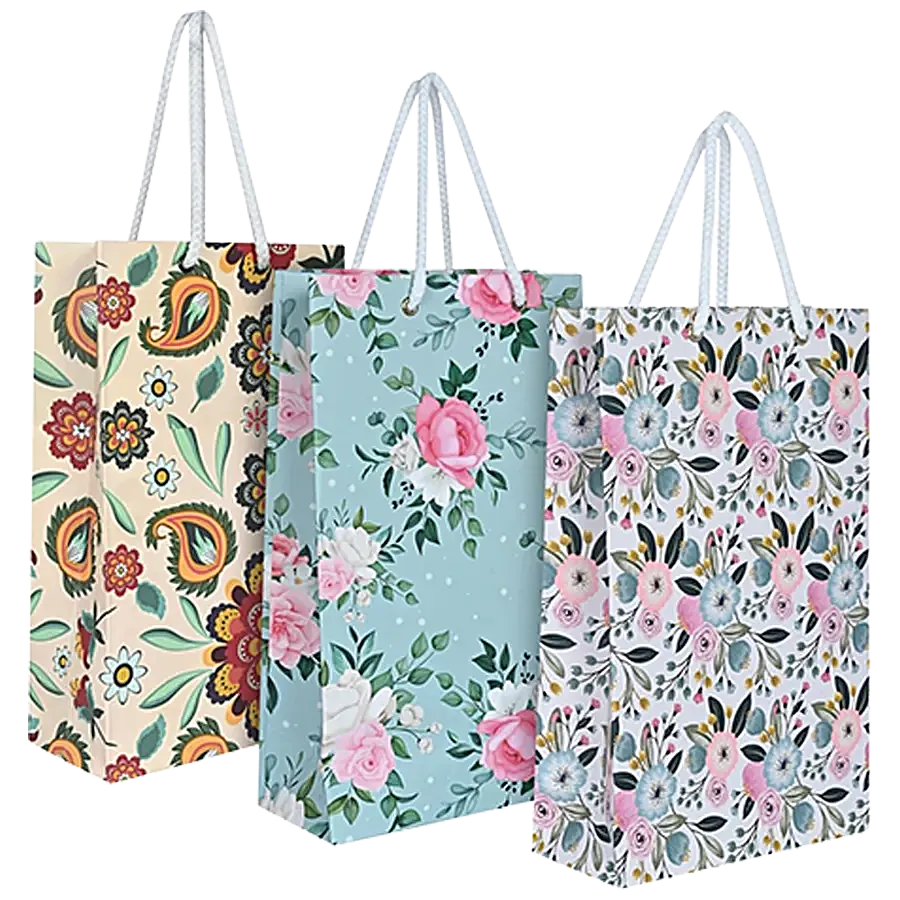In the realm of plastic bag design, where functionality often reigns supreme, embossing and debossing techniques offer a unique opportunity to elevate these everyday items into something special. These processes, while seemingly simple, add a touch of sophistication and brand identity that can truly set your plastic bags apart. Embossing creates a raised design on the surface of the plastic bag. Imagine your logo or a captivating pattern appearing three-dimensional, catching the light and inviting a touch. This raised effect adds a layer of visual intrigue, transforming a plain bag into a miniature billboard for your brand. Debossing, on the other hand, creates a depressed design, like an imprint sunken into the plastic. This subtle indentation offers a contrasting yet equally captivating textural element. Debossing logos or patterns can create a sense of elegance and understated luxury, perfect for high-end boutiques or special occasion packaging. Beyond aesthetics, embossing and debossing offer several practical advantages. The raised design created by embossing can actually add strength and rigidity to the plastic bag, particularly in areas where the design is prominent.

This can be especially beneficial for carrying heavier items or for bags that are reused multiple times. Debossing, while not necessarily adding strength creates a defined area on the bag’s surface. This can be a great way to incorporate subtle branding or informational text without detracting from the overall design. The emboss vs deboss also open doors to creative storytelling. Imagine a clothing store using embossed hangers on their shopping bags, or a bakery using debossed wheat stalks to create a subtle pattern. These techniques can weave a narrative into the bag itself, subtly reinforcing your brand identity and creating a memorable customer experience. The versatility of these processes allows for a wide range of design possibilities. From intricate logos and patterns to bold geometric shapes, embossing and debossing can be tailored to perfectly match your brand aesthetic. Furthermore, these techniques can be combined with other embellishments like foil stamping or metallic finishes to create truly stunning effects.
However, it is important to consider some limitations before diving into embossed or debossed plastic bags. The complexity of the design will impact the cost, with intricate details requiring more specialized dies. Additionally, these techniques may not be suitable for very thin or flimsy plastics, as the process could potentially tear or damage the bag. It is always best to consult with a manufacturer to ensure the chosen plastic type and design complexity are compatible. In conclusion, embossing and debossing techniques offer a unique and sophisticated way to elevate your plastic bags. From creating a visually captivating brand statement to adding a touch of strength and a platform for storytelling and view www.ketegroup.com, these processes can transform a utilitarian item into a memorable and brand-reinforcing experience. By considering the design possibilities, practical advantages, and limitations, you can leverage embossing and debossing to create truly unique plastic bags that will leave a lasting impression on your customers.